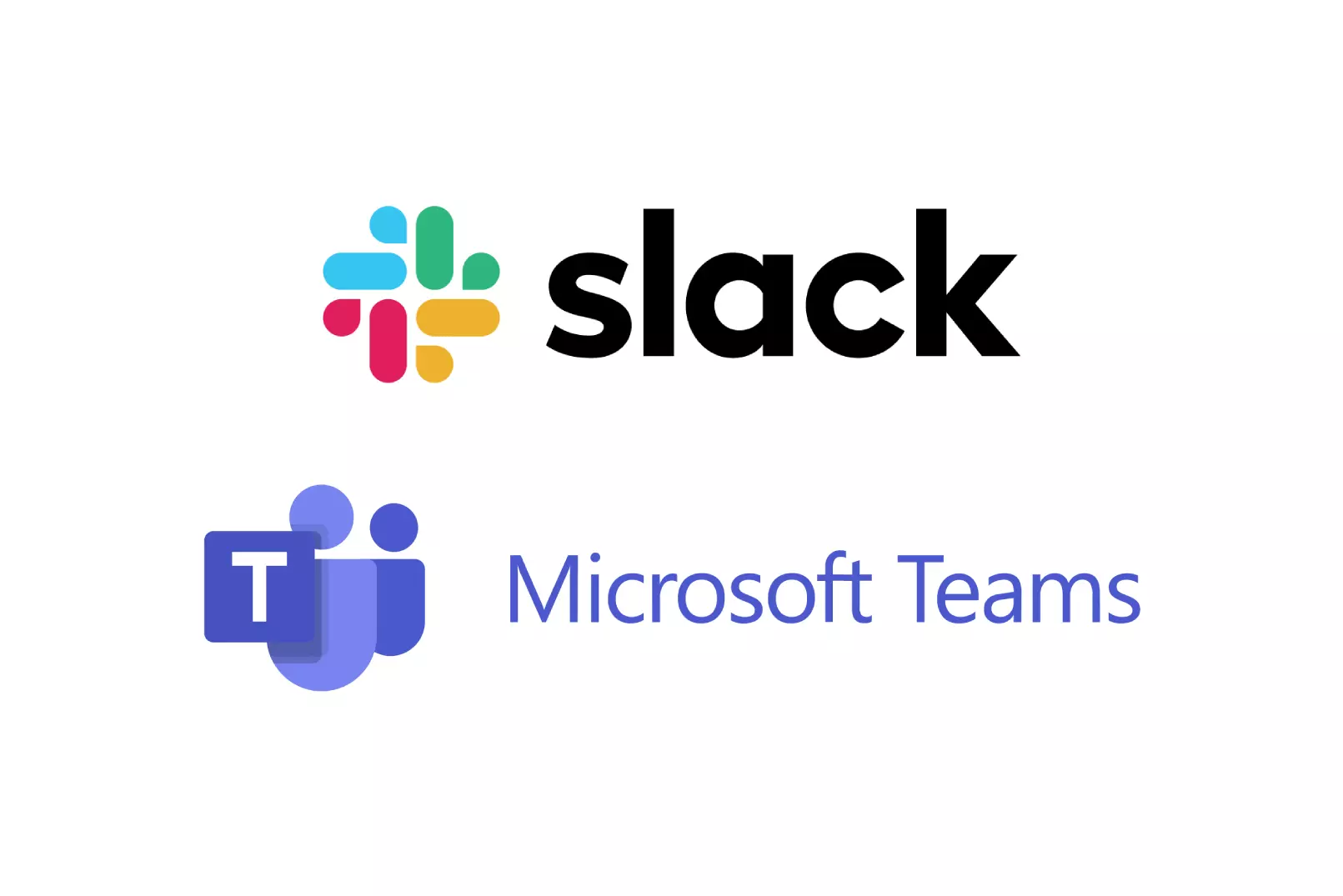In today’s fast-paced business environment, selecting the right team collaboration platform can make or break your organization’s productivity. Two giants dominate this space: Slack and Microsoft Teams. Both platforms have evolved significantly, offering robust features that cater to different organizational needs and communication styles.
Microsoft Teams has gained tremendous momentum, surpassing 320 million monthly active users in 2024, while Slack continues to be the preferred choice for major brands like Airbnb, T-Mobile, and Target. The competition between these platforms isn’t just about user numbers – it’s about finding the perfect fit for your team’s unique workflow and communication preferences.
The decision between Slack and Teams often comes down to several critical factors: your existing technology ecosystem, team size, communication style, budget constraints, and specific feature requirements. While both platforms offer similar core functionalities like messaging, file sharing, and video conferencing, their approaches and strengths differ significantly.
Interestingly, user satisfaction ratings show Slack slightly ahead, with a 4.5 out of 5 rating on G2 compared to Teams’ 4.3, and 4.6 versus 4.4 on Gartner Peer Insights. However, these marginal differences shouldn’t be the sole deciding factor. The real question isn’t which platform is objectively better, but which one aligns best with your organization’s goals, existing infrastructure, and team dynamics. Understanding these nuances will help you make an informed decision that enhances rather than hinders your team’s collaboration efforts.
Pricing and Value Comparison
When evaluating cost-effectiveness, Microsoft Teams presents a compelling value proposition, especially for larger organizations. Teams’ paid plans start at $4 per month per person as a standalone product, but the real value emerges with Microsoft 365 Business Basic at $6 per month, which includes Teams plus Exchange, Outlook, SharePoint, and OneDrive.
Slack’s pricing structure is notably higher, with paid plans beginning at $8.75 per month per person for the Pro plan, offering only Slack without additional business applications. The Business+ plan costs $12.50 per user per month, while Teams provides the entire Microsoft 365 Business Standard subscription at the same price point, including Word, Excel, PowerPoint, and other productivity tools.
For organizations already invested in the Microsoft ecosystem, Teams becomes the more economical choice. However, companies using alternative office suites like Google Workspace may find Slack’s superior third-party integrations justify the higher cost.
Integration Capabilities and Ecosystem

Slack excels in third-party integrations, offering seamless connectivity with thousands of external applications. This platform is designed as an independent collaboration tool, making it particularly effective when integrated with productivity tools like Asana, Jira, and Google Workspace. Slack’s marketplace is notably more ecosystem-agnostic, providing flexibility for diverse technology stacks.
Microsoft Teams, while offering fewer third-party integrations, provides unparalleled integration within the Microsoft ecosystem. The platform seamlessly connects with Microsoft 365 applications, offering robust real-time collaboration features. Teams has been rapidly expanding its integration capabilities, adding approximately 300 new integrations recently, though many focus on Microsoft applications.
Both platforms support Zapier integrations, enabling connections to thousands of additional applications and automated workflows between different tools in your technology stack.
Communication Features and User Experience
Microsoft Teams shines in video conferencing and calling capabilities, offering enterprise-grade telephony, audio conferencing, voicemail, and advanced meeting features like AI-powered transcription, recording, and virtual backgrounds. Teams supports external calling through Direct Routing and Operator Connect services, making it ideal for organizations requiring comprehensive communication solutions.
Slack focuses primarily on messaging and asynchronous communication, with limited video conferencing through “Huddles”. However, Slack compensates with superior in-app productivity features, including workflow builders, reminder systems, Canvas collaborative workspaces, and Kanban board functionality. The platform’s “Save for later” feature and automated task management tools enhance daily productivity.
AI and Automation Capabilities
Both platforms have invested heavily in artificial intelligence. Slack has enhanced its AI toolkit beyond the traditional Slackbot, offering intelligent search, summarization, and daily recaps. The platform’s integration with Salesforce enables Agentforce AI agents, which became generally available in January 2025.
Microsoft Teams incorporates Copilot throughout the platform, providing AI assistance in chat, meetings, and phone calls. Teams users can leverage Copilot to retrieve information from third-party applications like SAP and initiate automations in ServiceNow.
Final Recommendation
Choose Microsoft Teams if your organization already uses Microsoft 365, requires robust calling and video conferencing features, or needs cost-effective scaling for large teams. Teams is particularly suitable for organizations prioritizing integrated communication solutions and familiar user interfaces.
Select Slack if your team emphasizes asynchronous communication, requires extensive third-party integrations, or operates in a Salesforce-centric environment. Slack excels for agile teams that value flexibility and advanced productivity features within their messaging platform.




